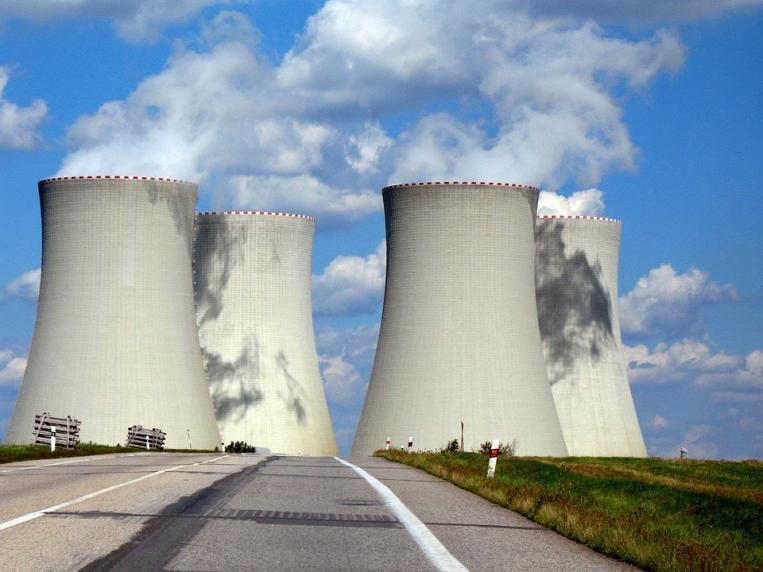The Economy, Trade and Industry Ministry plans to foster start-ups in the field of nuclear power, providing funds and human resources to researchers who have developed promising technologies, to help them commercialize those technologies.
In addition, the ministry plans to allow those researchers to use nuclear power facilities owned by the government. The initiative is aimed at boosting the number of technicians engaged in developing next-generation nuclear reactors — such as small module reactors (SMRs, see below), which are said to be inexpensive and very safe — with the aim of putting those reactors to practical use.
The ministry will support the commercialization of new technologies by introducing investors and management consultants to students and young researchers engaged in nuclear energy technology development. Those students and researchers will be selected through competitions and other means.
For start-ups that successfully launch their business, the ministry will consider subsidizing 50 percent to 90 percent of their development costs, with the amounts varying depending on which of four stages they are in, from basic research to putting the technologies into practice.
To help lessen the burden of technological development, such start-ups will be provided with high temperature gas reactors and other facilities owned by the Japan Atomic Energy Agency as well as research personnel, free of charge in some cases.
The development of existing nuclear technologies has been costly and undertaken by large companies. In other countries, however, start-ups are actively engaged in the development of technology for SMRs, which are considered to be promising next-generation reactors.
One U.S. start-up plans to build an SMR by the mid-2020s. Another established by Microsoft Corp. founder Bill Gates is working on developing a reactor that does not need its fuel replaced for 40 years, in collaboration with a Chinese company.
Given this global situation, the ministry judged that it will be difficult to develop such state-of-the-art technologies only with big companies, which mainly construct large conventional nuclear power plants. The ministry therefore decided to offer students and researchers an option to launch start-ups.
Under the Strategic Energy Plan, which was approved by the Cabinet in July, the government has set out a policy of “pursuing reactors with excellent safety, economic efficiency and mobility” by 2050. This policy includes promoting the development of new types of reactors such as SMRs.
As nuclear power plants have a lifespan of up to 60 years, existing nuclear power plants need to be rebuilt and new reactors have to be put to practical use around 2040. In around 2050, the practical use of fast reactors such as sodium-cooled fast reactors may be in sight.
■Small module reactor
This kind of reactor has about 200,000 to 300,000 kilowatts of power. The main parts are mostly preconstructed and assembled at the plant itself to reduce on-site construction, a method that is expected to cut construction costs. It will likely be possible to take various safety measures such as burying reactors under the ground.Speech

